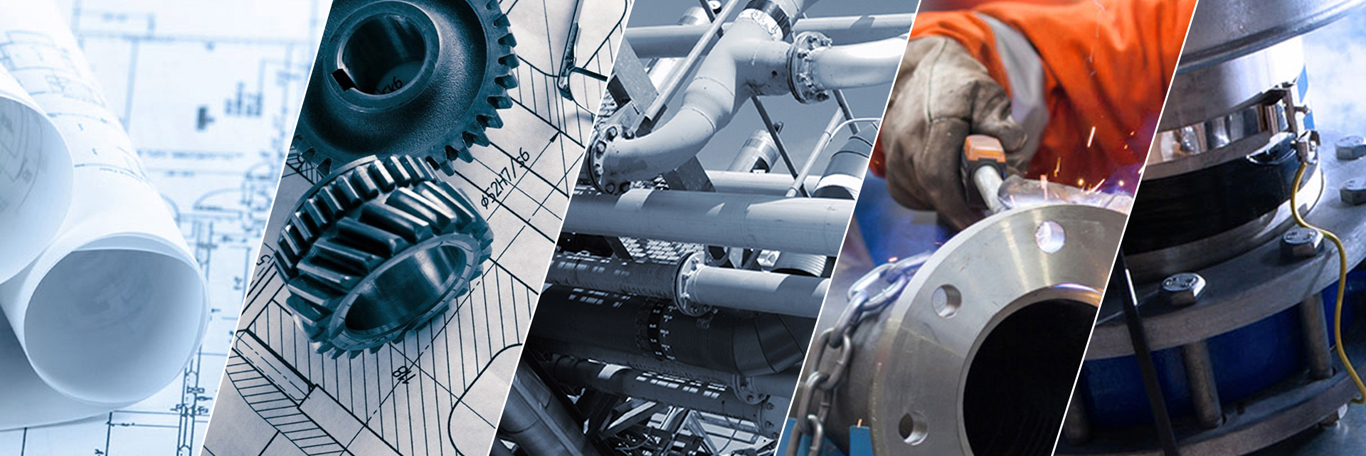Unlock Success with Comprehensive Engineering Support: Laying Out Engineer Services, Measured Building Surveying, and More
Unlock Success with Comprehensive Engineering Support: Laying Out Engineer Services, Measured Building Surveying, and More
Blog Article
Optimizing Land Use Planning With Comprehensive Evaluating Solutions
In the realm of land usage planning, the integration of comprehensive evaluating services stands as an essential tool in cultivating informed sustainable and decision-making growth methods. By taking advantage of innovative modern technologies tailored for exact data collection and analysis, experts in the field can browse complexities in website identification, resource allotment, and environmental factors to consider with enhanced precision and efficiency (setting out engineer services). The optimization of land use planning through surveying services is not without its challenges, motivating the expedition of innovative methods to streamline procedures and essence useful understandings for strategic growth campaigns. As we dive much deeper right into the complex internet of variables influencing land usage, the importance of comprehensive surveying remedies becomes a foundation fit the landscapes of tomorrow.
Significance of Comprehensive Evaluating Solutions

Comprehensive checking solutions enable planners to assess the suitability of land for various functions, recognize prospective threats or restrictions, and design lasting development approaches - construction surveys. By incorporating accurate study information into land use plans, authorities can make certain efficient use sources, decrease ecological effect, and promote long-term financial development
Moreover, detailed surveying options assist in stakeholder engagement and partnership by imagining suggested land usage modifications and permitting feedback prior to application. This proactive technique boosts transparency, promotes neighborhood trust fund, and eventually leads to a lot more successful land usage preparation results. Essentially, the significance of thorough surveying solutions can not be overemphasized in the realm of reliable land use preparation.
Advanced Technologies for Land Use Preparation
Using cutting-edge modern technologies boosts the precision and efficiency of land use planning processes. Advanced modern technologies such as Geographic Details Solution (GIS), LiDAR (Light Discovery and Ranging), and remote sensing play a vital role in contemporary land usage planning. setting out engineer services. GIS enables coordinators to analyze spatial information, recognize patterns, and make informed decisions concerning land growth. LiDAR modern technology provides extremely precise altitude information, helping in terrain modeling and flood risk analysis. Remote picking up, via drones and satellites, provides detailed imagery for keeping an eye on land changes and examining ecological impacts.
Furthermore, Building Info Modeling (BIM) allows organizers to produce 3D versions of structures and infrastructure, helping with far better visualization and planning of land use projects. Man-made Knowledge (AI) formulas can evaluate large quantities of data to forecast future land use fads and enhance planning approaches. Additionally, advanced evaluating tools like drones geared up with high-resolution cams and LiDAR sensing units can promptly check big locations with accuracy, lowering time and expenses associated with typical evaluating approaches. Including these advanced technologies right into land use planning go now procedures can result in even more efficient and sustainable metropolitan development.
Conquering Challenges in Website Recognition

Furthermore, clashing passions amongst stakeholders, such as designers, environmentalists, and neighborhood areas, can complicate the website identification procedure. To navigate this obstacle, coordinators official website have to facilitate open communication, collaboration, and arrangement to reach agreement on the finest land usage practices that straighten with the needs of all parties involved.
Furthermore, regulative hurdles, zoning constraints, and land use policies can additionally impede the website identification process. Coordinators require to stay updated on appropriate laws, involve with local authorities, and carry out comprehensive research study to identify websites that meet all legal needs and compliance standards. By proactively addressing these challenges, land use organizers can enhance the website recognition process and lead the way for reliable land usage planning initiatives.
Taking Full Advantage Of Performance Through Checking Techniques
Navigating the intricacies of site recognition procedures successfully lays a structure for making best use of effectiveness via calculated evaluating techniques in land usage planning. By employing sophisticated surveying tools such as drones, GIS technology, and 3D laser scanning, land usage organizers can enhance the information collection procedure, resulting in more exact website analyses and streamlined decision-making. These methods make it possible for coordinators to collect accurate topographic details, identify environmental restraints, and examine land viability with higher speed and accuracy than traditional methods.
In addition, incorporating checking methods with Geographic Info Systems (GIS) enables for the efficient analysis and visualization of spatial information, helping in the identification of optimum land usage scenarios. On the whole, the calculated usage of surveying strategies boosts performance, accuracy, and collaboration in land use planning initiatives.
Decision-Making Insights for Advancement
For reliable advancement, obtaining valuable insights for decision-making is critical in the world of land use preparation. Decision-making insights play an important function fit the future of country and metropolitan locations, making sure lasting development and efficient resource allowance. Comprehensive evaluating solutions offer organizers and programmers with the required information to make informed decisions that line up with the lasting objectives of an area.
By leveraging sophisticated checking methods such as aerial surveys, GIS mapping, and 3D modeling, stakeholders can imagine the prospective impact of growth projects and analyze various scenarios prior to implementation. These understandings make it possible for decision-makers to optimize land use, minimize environmental threats, and enhance overall task usefulness.
In addition, data-driven decision-making sustained by evaluating remedies assists simplify the preparation process, decrease unpredictabilities, and rise stakeholder confidence. By integrating accurate study information into the decision-making process, designers can identify chances, minimize challenges, and ultimately produce lasting land usage plans that advantage both future and present generations. To conclude, decision-making insights stemmed from detailed checking services are vital for driving impactful and successful growth initiatives.
Verdict
In conclusion, enhancing land use planning with thorough checking options is vital for effective and efficient development. It is necessary for successful land use planning and advancement tasks.
In the realm of land usage preparation, the assimilation of extensive checking options stands as a pivotal tool in fostering notified sustainable and decision-making growth techniques. In significance, the relevance of extensive evaluating solutions can not be overemphasized in the world of efficient land usage preparation.
By proactively addressing these challenges, land use planners can streamline the site recognition process and lead the way for effective land usage planning initiatives.
Generally, the strategic usage of evaluating techniques improves efficiency, precision, and cooperation in land usage planning campaigns.
In conclusion, optimizing land use preparation with detailed checking directory solutions is vital for effective and reliable growth.
Report this page